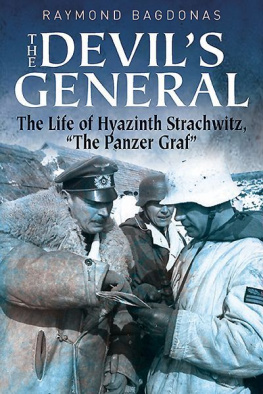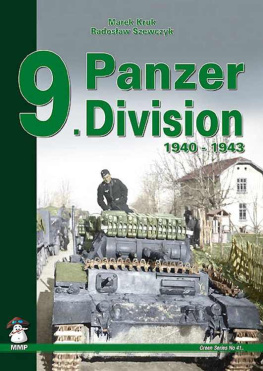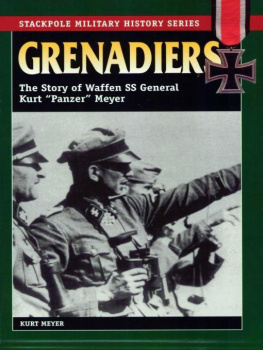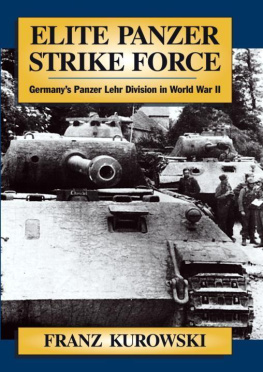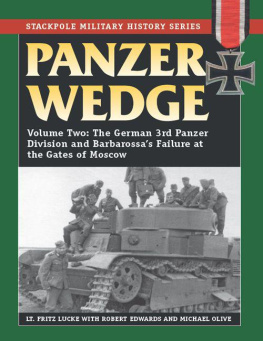

Published in the United States of America and Great Britain in 2013 by
CASEMATE PUBLISHERS
908 Darby Road, Havertown, PA 19083
and
10 Hythe Bridge Street, Oxford, OX1 2EW
Copyright 2013 Raymond Bagdonas
ISBN 978-1-61200-222-4
Digital Edition: ISBN 978-1-61200-223-1
Cataloging-in-publication data is available from the Library of Congress and
the British Library.
All rights reserved. No part of this book may be reproduced or transmitted in any
form or by any means, electronic or mechanical including photocopying, recording
or by any information storage and retrieval system, without permission from the
Publisher in writing.
10 9 8 7 6 5 4 3 2 1
Printed and bound in the United States of America.
For a complete list of Casemate titles please contact:
CASEMATE PUBLISHERS (US)
Telephone (610) 853-9131, Fax (610) 853-9146
E-mail:
CASEMATE PUBLISHERS (UK)
Telephone (01865) 241249, Fax (01865) 794449
E-mail:
DEDICATION
This book is dedicated to my grandchildren, Sofia, Veronique, Trinity,
Sterling and Rimas. May their generation be spared the horrors suffered by
the generation depicted in this book.
ACKNOWLEDGMENTS
V ERY FEW BOOKS ARE WRITTEN WITHOUT SOME ASSIStance and I would like to express my thanks to those who helped me. Firstly to Garry Dillon for his typing, encouragement and continuing help. His computer skills were especially helpful, and along with his friendship, much appreciated.
To my typist Liesa Hogg, who had to decipher my scrawled longhand and deal with so many unfamiliar military terms, a big thank you. To my daughter Natalie for her courier service, and my wife Gail for her patience and forbearance in dealing with someone living simultaneously in two worlds, the present and the Russian front in the past. I would also like to thank Jason Mark for his timely help and assistance.
Finally I would like to thank Steven Smith, Casemates Editorial Director, for his faith in me and the book.
Be careful, enemy forces are led by that devils general von Strachwitz.
Avoid if possible until reinforcements arrive.
Intercepted Soviet radio message on the Northern Front, 1944
INTRODUCTION
H YAZINTH GRAF STRACHWITZ VON GROSS-ZAUCHE UND Camminetz was the most decorated regimental commander, and one of the most effective panzer leaders, in the German Army.
He was one of only 27 men in the entire Wehrmacht to be awarded the Knights Cross with Oak Leaves, Swords and Diamonds. Of these he was the only one to receive grades of the decoration for both bravery and his command abilities, which led to the significant outcomes which merited the award. The other Diamonds recipients received awards for either their bravery and combat accomplishments, such as Erich Hartmann for his 352 aerial victories, or for their skill in command, such as Hans Hube and Walter Model. In the latter cases their men did the actual fighting and the award was as much for the units under their command as for them.
Von Strachwitzs rapid rise during World War II from a lowly captain to a lieutenant general, equivalent to a major general in the UK and US armies, was nothing short of extraordinary, and this in an army not lavish in granting promotions.
He fought in nearly all of the major campaignsthe invasions of Poland, France and Yugoslavia, and the important campaigns and battles in the east including Operation Barbarossa, the battles of Kiev, Stalingrad, Kharkov, and Kursk, the Baltic States and finally of Germany and his beloved Silesiahis service being almost a microcosm of World War II in Europe. In the course of these battles, not only did he win renownbecoming a legend among those who fought on the Eastern Front who gave him the title Panzer Graf (Armoured Count)but was also wounded 14 times, probably was probably unique amongst the ranks of Germanys senior officers and a testament to his leading from the front.
Such an extraordinary record of courage and command would have made him unique in any army of World War II. Yet he is a man of mystery, with very little known about him and nothing of substance yet been written. He is mentioned in countless books, articles and websites, but at most is only given a brief biographical outline, and even this is often inaccurate in parts. Gnter Fraschke wrote a German-language biography in 1962, which, if largely factual, was nevertheless discredited for its inaccuracies and sensationalism and rejected by the Panzer Graf himself.
Unfortunately the Panzer Graf himself wrote no memoirs; left no diary, and any notes and papers were lost along with his home in 1945. His records of service in the 16th Panzer Division were destroyed along with the division in the battle of Stalingrad in 1943. After a period of distinguished service with the elite Grossdeutschland Division, he served as commander of several ad-hoc units, some bearing his name, in a period when records, if kept at all, were scanty, or lost. It all makes for a rather threadbare paper trail. His comrades-in-arms have now all passed away, so there are no witnesses to his many battles and exploits.
All of this of course makes writing a full-length book about him enormously difficult. It is only possible with reference to the academies that he attended, the units he served in or alongside, the battles in which he fought and the many outstanding men he met or served with, as well as the events that shaped him and his world. This book must then of necessity deal not only with his life, but the broader topic of the times in which he lived.
The amount of research and effort required to tell his story, taking in a great many major and minor little-known events, was quite daunting, as was of course the scarcity of detailed information about him, yet he is indeed a subject worthy of the effort. Of equal importance was to produce a serious, studied and accurate representation of his life without the sensationalism that his exploits could easily lead to. I hope I have succeeded in this and beg forgiveness if I have lapsed occasionally in some descriptions that add colour and life to some of his actions. I hope also that this book fills the gap that currently exists, and gives him the proper recognition that he deserves, not only as the superlative warrior, war hero and panzer commander that indeed he was, but also as the decent and honourable man of integrity that he remained throughout his life.
Finally, it must be remembered that all too often good men, through no fault of their own, are forced to serve an evil cause. He served his cause without adding to its criminality, and sought to end it honorably if the opportunity arose.
Little more could be asked of any man.
ONE
EARLY YEARS
T HE ARMOURED FORCE WAITED IMPATIENTLY TO DO battle. The surging horde from the east would soon be upon them, ready to tear the heart out of Christian Europe.
It could be a scene from Upper Silesia in 1945, where Lieutenant General Hyazinth Graf (Count) Strachwitz von Gross Zauche und Camminetz waited with his Panzerjger (Tank-hunter) Brigade to block the Russians invading his beloved Silesian homeland. But instead it was Liegnitz, 9 April 1241, where the 20,000-strong army of Duke Henry II The Pious was preparing to fight a Mongol force of similar size. In his army were the flower of Silesian chivalry, among whom were several knights and retainers of the von Strachwitz family.
Next page
